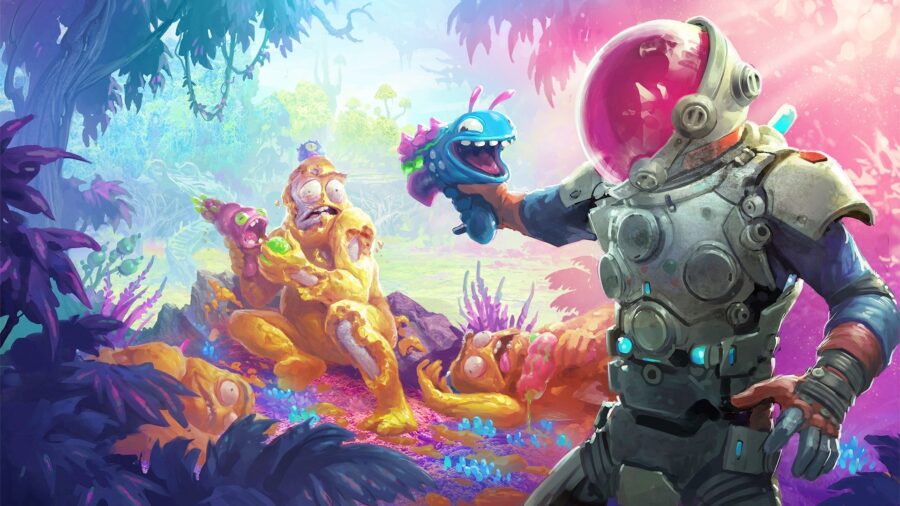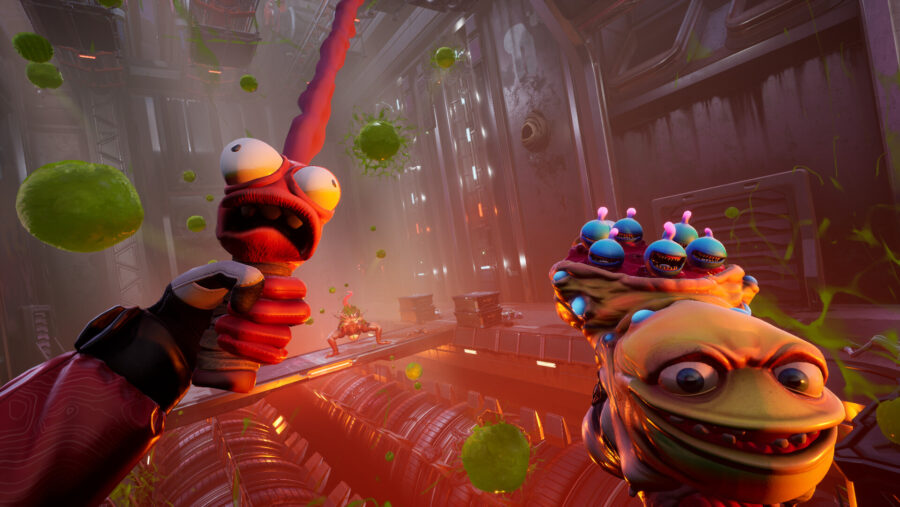High On Life Uses Controversial Technology To Craft The Popular Game
High on Life is under fire for using art generated by artificial intelligence.

High on Life, a new game from the pen of Justin Roiland, one of the masterminds behind the Rick & Morty series — which recently got its sixth season — used controversial AI generators to make some of the game’s art. According to Sky News, creating a critically-acclaimed animated series is one thing, but a video game is an entirely different beast. This could justify the use of such controversial technology, which is gaining more and more traction online.
In fact, the debate around AI art and AI art generation continues to rage on across various prominent art websites and discussion boards. As it turns out, Justin Roiland used a machine-learning algorithm to create poster art and vocal performances for his newest hit game, High on Life. The game puts players in the role of a bounty hunter who embarks on various “multiversal” missions to eliminate different targets across an incredibly quirky and bizarre universe in which even the guns talk.
If you haven’t seen it, imagine a game that’s a crossover between Rick & Morty and Alice in Wonderland.
In fact, the four unique guns in High on Life come with a talking face on the back, which react with unique comebacks during the playthrough. And this is where the idea for AI came to mind to Roiland and his associates from Squanch Games. Namely, the team had to come up with different lines for each of the individual guns, and given the amount of effort that goes into game development, the idea of letting AI do some of the heavy lifting quickly became very appealing.
However, it’s a very controversial idea when it comes to content creation.

AI art, like what is used in High on Life, isn’t really art; or at least not how we, the humans, define it. Various algorithms are tasked with creating high-quality digital art and the generation process usually involves the user defining the image with words. Think of it as Google Image Search, but instead of searching for existing images, it creates brand-new ones, some of which are awe-inspiring and stunning.
But is that really how the process goes?
As it turns out, it doesn’t. Instead, even the most powerful machine learning algorithms search through pre-existing art, cross-reference various metrics, and use bits and pieces of said pre-existing art to create something beautiful—often without crediting original artists or asking for their permission. Admittedly, the AI did what humans have been doing for untold centuries; it took several known concepts and combined them into something unique.
But it’s also ripping off the real artists, many of whom struggle to make a living.
The fact that AI is taking known elements and combining them into original art, like the one used in High on Life, defeats any notion of legal actions such as copyright infringements. But it raises ethical questions: should living artists be replaced with machines incapable of original thought? History has taught us that the progress of human society rarely cares about ethics.
The power loom has put thousands of weavers out of work, Guttenberg’s printing press has done the same to educated monks, and now AI is generating something for which the basic requirement was immense talent and having a soul.
Is anyone else hearing the Terminator 2 theme in the background, or is it just us?












